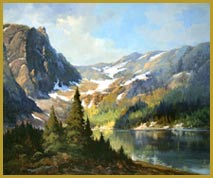 |
 |
|||||||||||||
 |
||||||||||||||
 |
||||||||||||||
|
Of all the subjects Robert Wood painted, it is his scenes of Texas Bluebonnets that are most sought after. Wood lived in and around San Antonio from 1924 to 1941, but he painted scenes of Texas for the rest of his career. From his arrival in the United States in 1910 until 1924, Robert W. Wood had moved frequently, seldom staying in one place for more than a few months. After his marriage to Eyssel Del Wagoner in Florida, he continued moving, spending time in Ohio, where Florence Wood was born. It wasn't until discovering the beautiful Texas city of San Antonio in 1924 that Wood finally put down roots. There he studied with the Spanish painter Jose Arpa (b. 1868), who had settled in Texas for good in 1923. In San Antonio, Wood made the transition from being an itinerant artist who usually worked in small sizes to a fine easel painter, capable of great subtlety. After a great deal of experimentation, Wood reached his mature style in the later 1920s. Texas is generally flat, without the dramatic mountains that Wood had painted along the west coast or in the Rockies. Consequently, like other early Texas painters like Robert Onderdonk (1853-1917) or his son Julian Onderdonk (1882-1922), Wood concentrated on the distinctive Texas trees and wildflowers. He became known for his scenes of the Blue Lupin, or "bluebonnets," the state flower of Texas. In the spring, fields of these flowers cover the Texas prairie, especially in the area around San Antonio and the hill country of central Texas. Wood also often included the rough stone or wood farmhouses of the Texas pioneers in his compositions, adding to their visual interest. The early works of Wood's mature period are distinguished by a fine sense of detail, with a technique that is more reminiscent of late-19th-century Victorian landscape painters or our own Hudson River School than the works of the French Impressionists. Still, Wood's palette was informed by his knowledge of Impressionism, and it was up to the task of capturing the intense light of the midday sun. Even after Wood's move to the art colony of Laguna Beach in 1941, he continued to paint Texas scenes. On trips back to San Antonio to visit his daughter Florence, who had married there, he sketched the bluebonnets and red oaks. So Texas scenes, painted from sketches and memory, remained part of Wood's artistic production until the end of his life. The later works are more broadly painted and show a much greater influence of Impressionism. Copyright 2003 Jeffrey Morseburg. Not to be reproduced without specific written permission. |
|||||||||||||||||||||||
|
|
|||||||||||||||||||||||
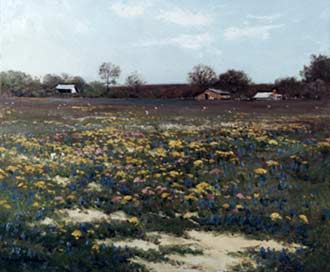 |
|||||||||||||||||||||||
 |
|||||||||||||||||||||||
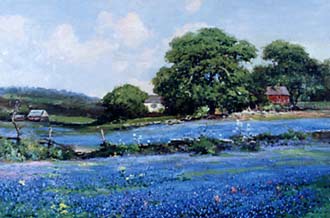 |
|||||||||||||||||||||||
 |
|||||||||||||||||||||||
| Check our "Available Paintings" page here | |||||||||||||||||||||||
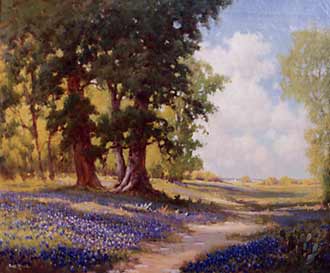 |
|||||||||||||||||||||||
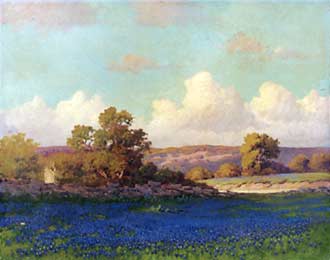 |
|||||||||||||||||||||||
 |
|||||||||||||||||||||||
 |
|||||||||||||||||||||||
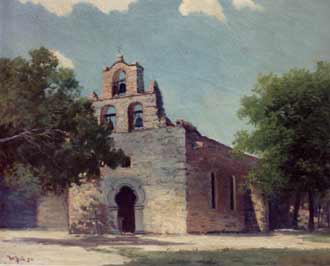 |
|||||||||||||||||||||||
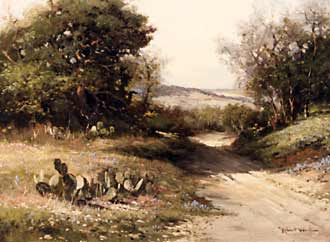 |
|||||||||||||||||||||||
 |
|||||||||||||||||||||||
 |
|||||||||||||||||||||||
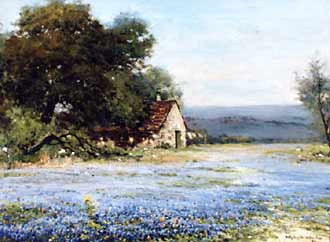 |
|||||||||||||||||||||||
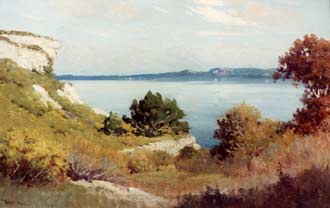 |
|||||||||||||||||||||||
 |
|||||||||||||||||||||||
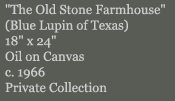 |
|||||||||||||||||||||||
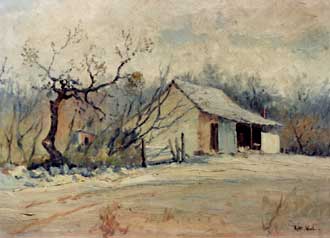 |
|||||||||||||||||||||||
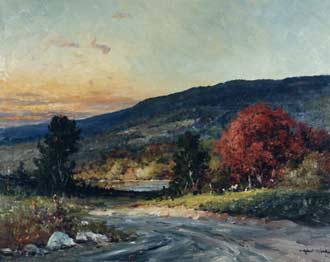 |
|||||||||||||||||||||||
 |
|||||||||||||||||||||||
|
|
|||||||||||||||||||||||
 |
|||||||||||||||||||||||
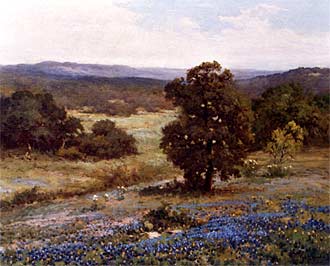 |
|||||||||||||||||||||||
 |
|||||||||||||||||||||||